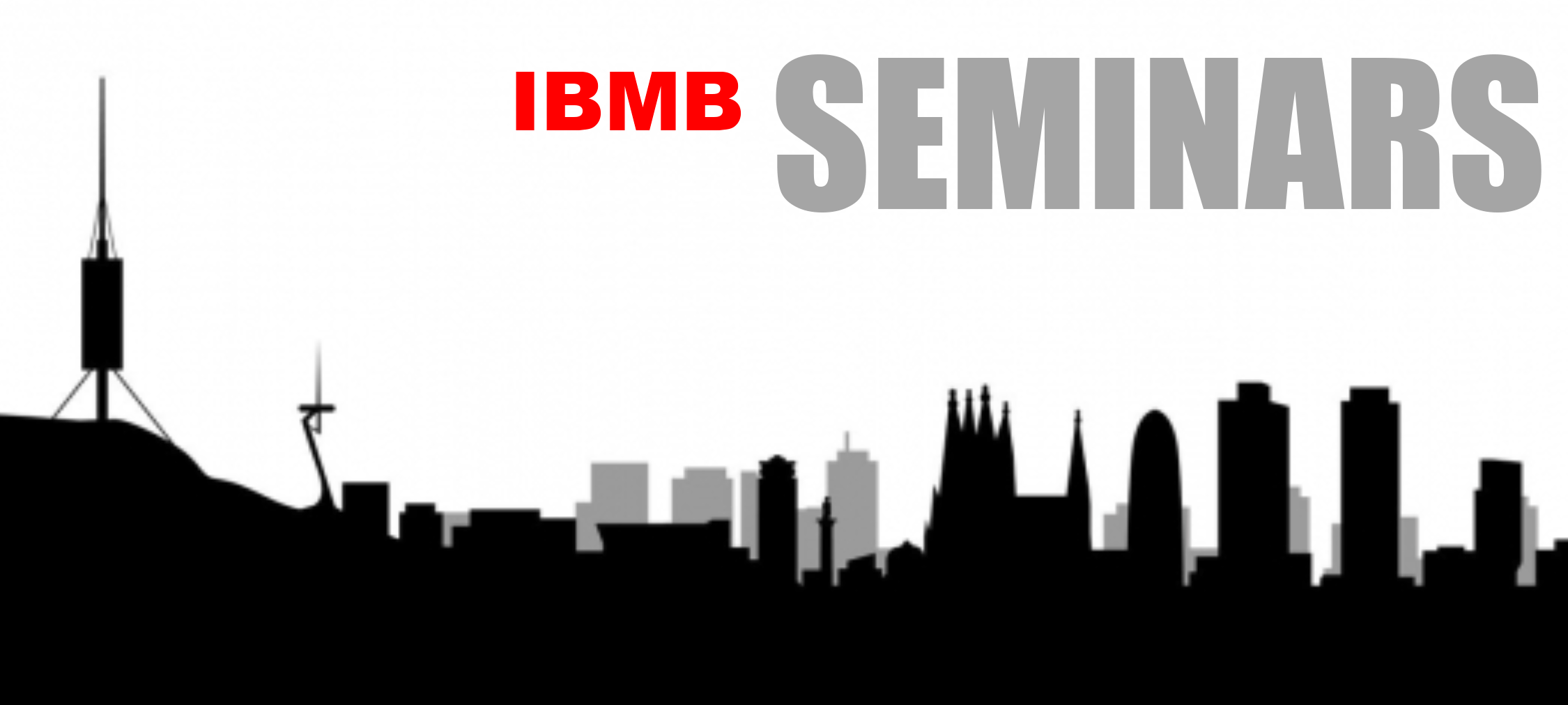Date: Friday, April 12th | Felix Serratosa room | 12|04|2024 Time: 10:00 AM Speaker: Valerio Di Domenico Guerin…
IBMB Seminar, Monday, July 10th 10:00 AM | RAIMON SUNYER
Date: Monday, July 10th | Fèlix Serratosa | 10|07|2023
Time: 10:00 AM
Speaker: Raimon Sunyer.
Serra Hunter fellow at the University of Barcelona and principal investigator at the Medical School-in the Hospital Clinic of Barcelona campus
Title: “Moving together towards the stiff: how physical forces drive cell migration“
Seminar Room: Fèlix Serratosa
Host researcher: Elisa Martí
Email: rsunyer@ub.edu
Keywords: Collective cell migration, Durotaxis, Cytoskeleton, Molecular clutch model, Traction Force Microscopy
Abstract:
Durotaxis, the well-established ability of cells to follow gradients of extracellular matrix stiffness has been implicated in development, fibrosis, and cancer. In 2016, we discovered that cell clusters showed durotaxis even when single cells did not. This collective mode of cell migration was observed in different epithelial cell types and depended on myosin-mediated force transmission. Five years following our initial observation of collective durotaxis, R. Mayor’s research group in London provided compelling evidence of its occurrence in vivo during the Neural Crest migration in Xenopus embryos. However, we observed different migration modes between our in vitro experiments and their in vivo studies of Neural Crest cells. In our experiments, cell clusters moved asymmetrically towards the stiffer side, while in their studies, they moved as a cohesive unit. We hypothesized that this difference could be explained by a balance between cluster-substrate adhesion and cluster contractility. To test this hypothesis, we used substrates coated with E-cadherin, a physiologically relevant and less adhesive molecule than ECM proteins. We found that reducing cluster-substrate adhesion promoted cluster cohesion and enabled collective durotaxis as a single unit. Our results reveal how cell clusters can switch between different migration modes depending on the substrate properties, and suggest new strategies to modulate collective cell behavior.
Biosketch:
Raimon Sunyer is biophysicist specializing in mechanobiology. He obtained his B.Sc. in physics from the University of Barcelona (UB) and his Ph.D. from the same institution under the guidance of Daniel Navajas and Felix Ritort. He then pursued two post-doctoral positions: one at the National Institutes of Health (NIH, Bethesda, MD) with R. Nossal and D. Sackett, and another at the Institute for Bioengineering of Catalonia (IBEC) with X. Trepat. In 2019, he started his own research group with the support of a Young Researcher’s grant, followed by a Ramon y Cajal fellowship and, finally, Serra-Húnter position.
Raimon’s laboratory, based at the Medical School (in the Hospital Clinic of Barcelona campus), is dedicated to unraveling how cells perceive and respond to mechanical cues in various biological contexts, including development, fibrosis, and cancer. He combines biophysical techniques such as traction force microscopy, micropatterning, microfluidics, hydrogel stiffness gradients, and Atomic Force Microscopy with molecular biology, advanced optical microscopy, and computational modeling.


